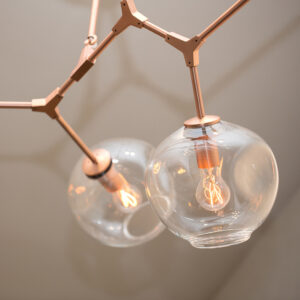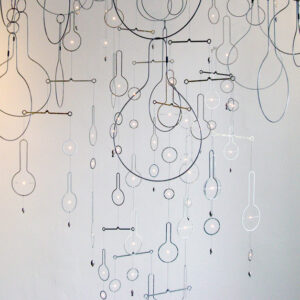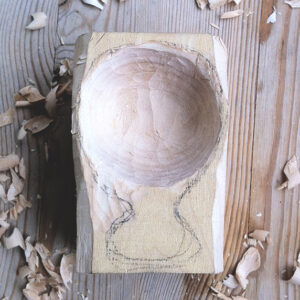mdby……SANDRA ENTERLINE
Today we show some jewelery work from SANDRA ENTERLINE, who works with silver and gold, making sculptural jewels and you will get to know her intention when she designs them. Sometimes we do not have the same concept about a jewel that its author…..

Your Jewelry work is in constant evolution, do you try to reflect in your work the evolution that you feel in your personal life?
The evolution is more informed by the work itself. After I complete a new piece, I think about how I can further explore something that I like about the piece. For example, maybe the way the light is filtering through the shape, or the movement of the piece worked very well. Then I take what intrigued me about the finished piece, and further develop the concept in the next.
That being said, there is no way to avoid personal influences in one’s work. Sometimes pieces are very directly influenced by personal experiences and exposure to things in my environment.
I grew up in Northwestern Pennsylvania; abandoned factories have long inspired me. They are like hulking cathedrals. Gritty, mysterious, immense and dark, yet they are strangely fragile and delicate at the same time. This inspired me to start working with diamond sheets and dark oxidized silver. The diamonds are captured in crude settings, and are like delicate windows that punctuate each setting and capture light. The windows allow light to pass through each diamond, irregularly shaped and flawed with inclusions, streaks of grey, black and yellow. Ultimately, I am searching for the materials in the jewelry to be simultaneously harmonious and perplexing.
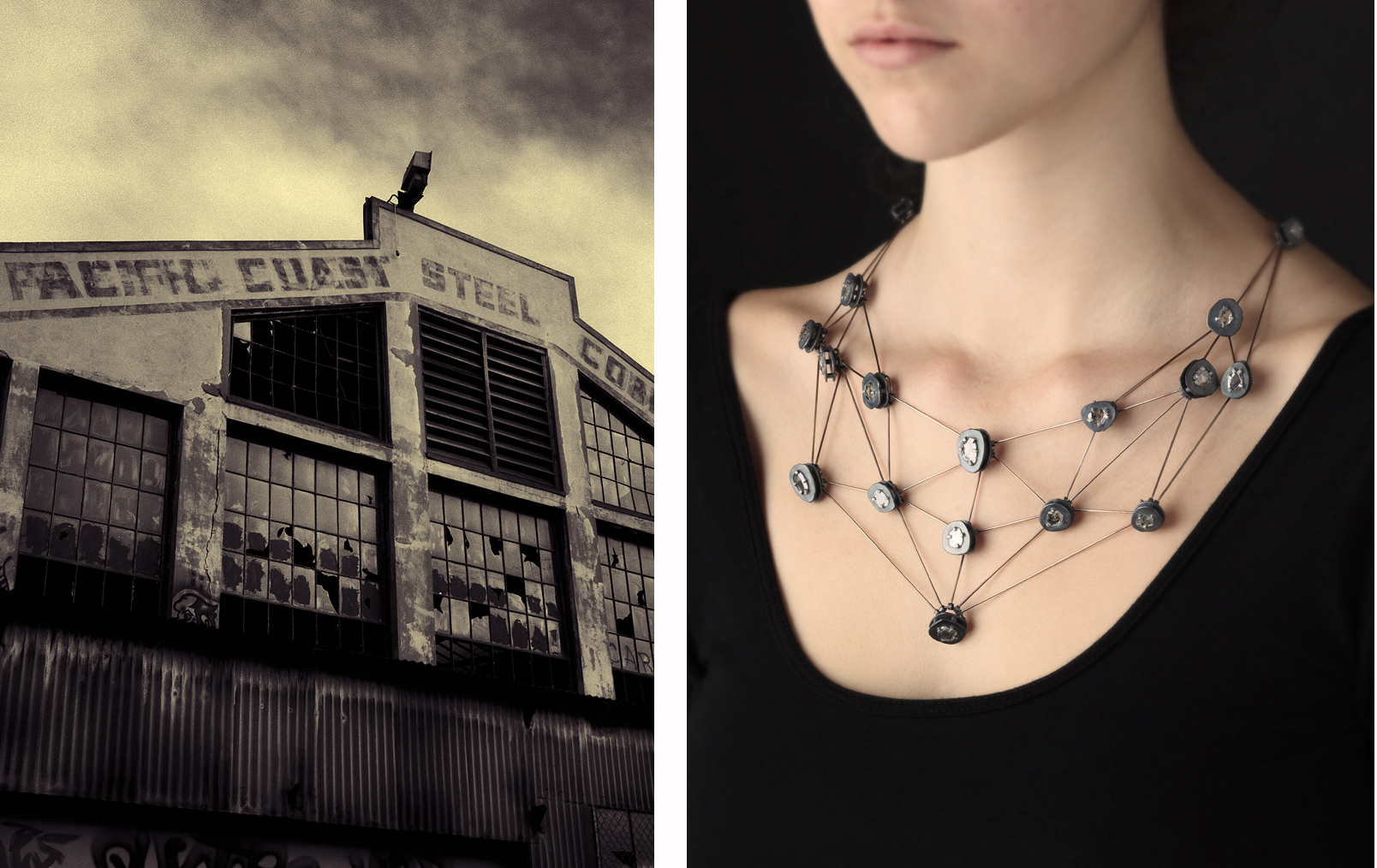
How did you begin? I would like you to tell us how someone who finishes her studies, just begins its own company, or works first in another studio….
In 1980 I earned my associate’s degree in Jewelry and Metalsmithing at the Rochester Institute of Technology, The School for American Craftsmen. From there I went on to study at Rhode Island School of Design and received my BFA in Jewelry and Metalsmithing in 1983. I took a year in between and studied with two different goldsmiths in Worcester, MA.
After graduating from RISD, I applied to an American Craft Council show, and was accepted. At exactly the same time, I was honored to also be accepted into a “New Talent” exhibition at Artwear in New York. I had to hire help to cover my booth in order to attend the opening in New York.
I still to this day cannot believe how these events occurred in tandem, it certainly gave me a jump start early on.
Have you ever discouraged?
I think everyone has their ups and downs, but I try to be working in the studio as much as I can (typically 5 days a week). This helps me push through less inspired times.
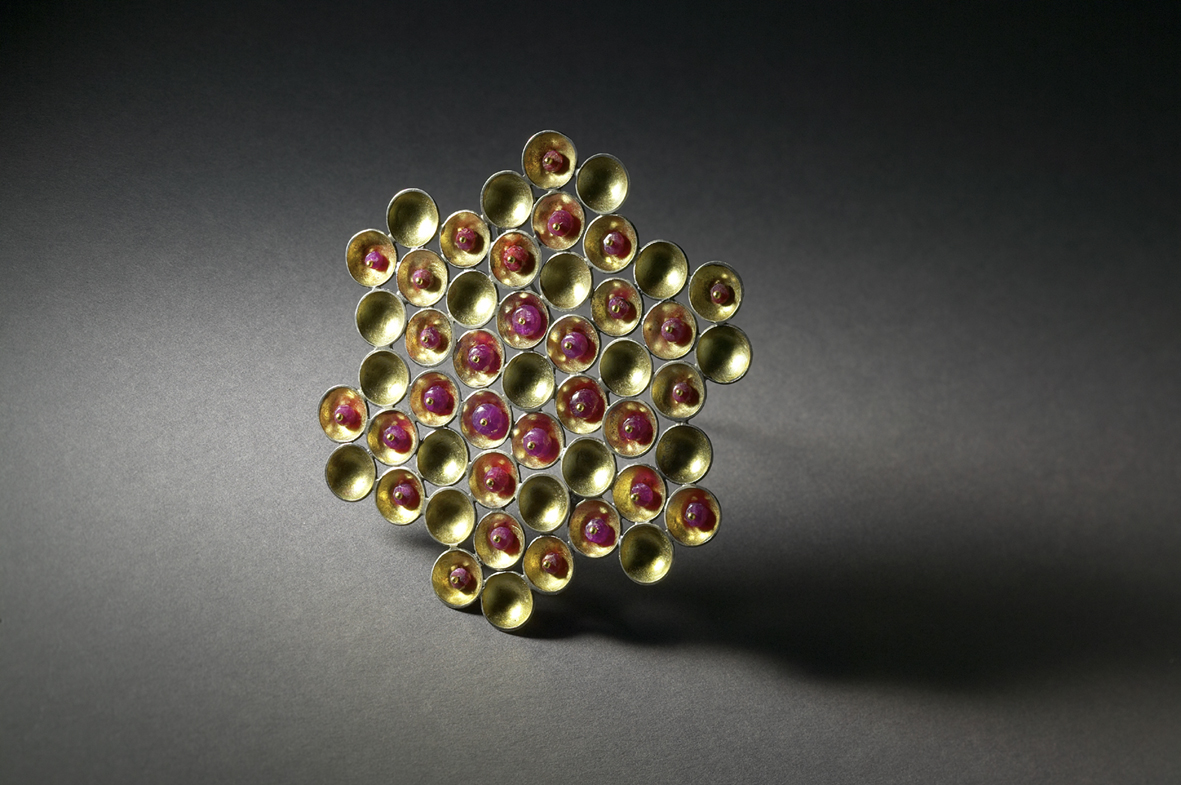
How would you define “jewelry”?
I hate the term “Art Jewelry”. I think jewelry can be inspired, sculptural, conceptual, and beautiful, or even ugly. I am not a big fan of work that looks like wearable sculpture, pieces that look more like they should be “on the wall,” or simply better served as sculpture. Pieces like that strike me as trying too hard. I believe in wearability.
To name a few jewelry artists whose work challenges the “art jewelry” field, in my opinion, Otto Künzli, Karl Fritsch, Warwick Freeman, Thomas Gentille, Katja Prins, Gerd Rothmann. These artists work has a transformative power and integrity that is beyond definition.
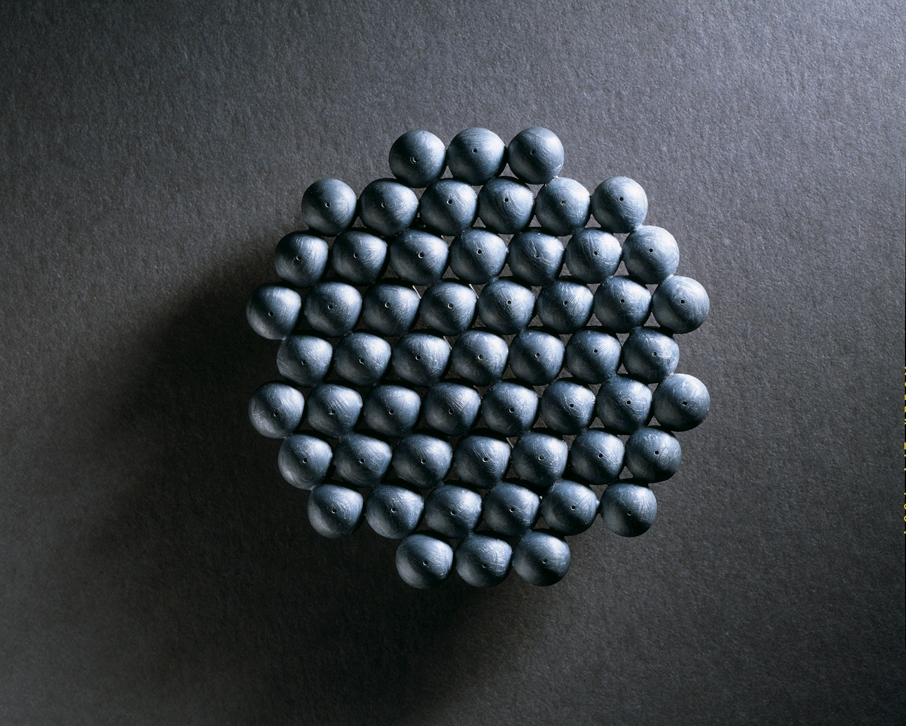
You fabricate by your own your designs, handmade; Do you have any favourite type of metal to work with?
I love working with silver for its malleability, and I typically work in gold for conceptual reasons.
Why did you identify yourself to metal and no other materials? Although when you make your jewelry, you use other materials, does it depend on the idea you are working on?
It very much depends on the idea, and the best way to express the concept or mood of the piece. I do use alternative materials if it fits in conceptually into the work. My souvenir installation in 1999 was constructed out of found/collected objects and alternative materials.
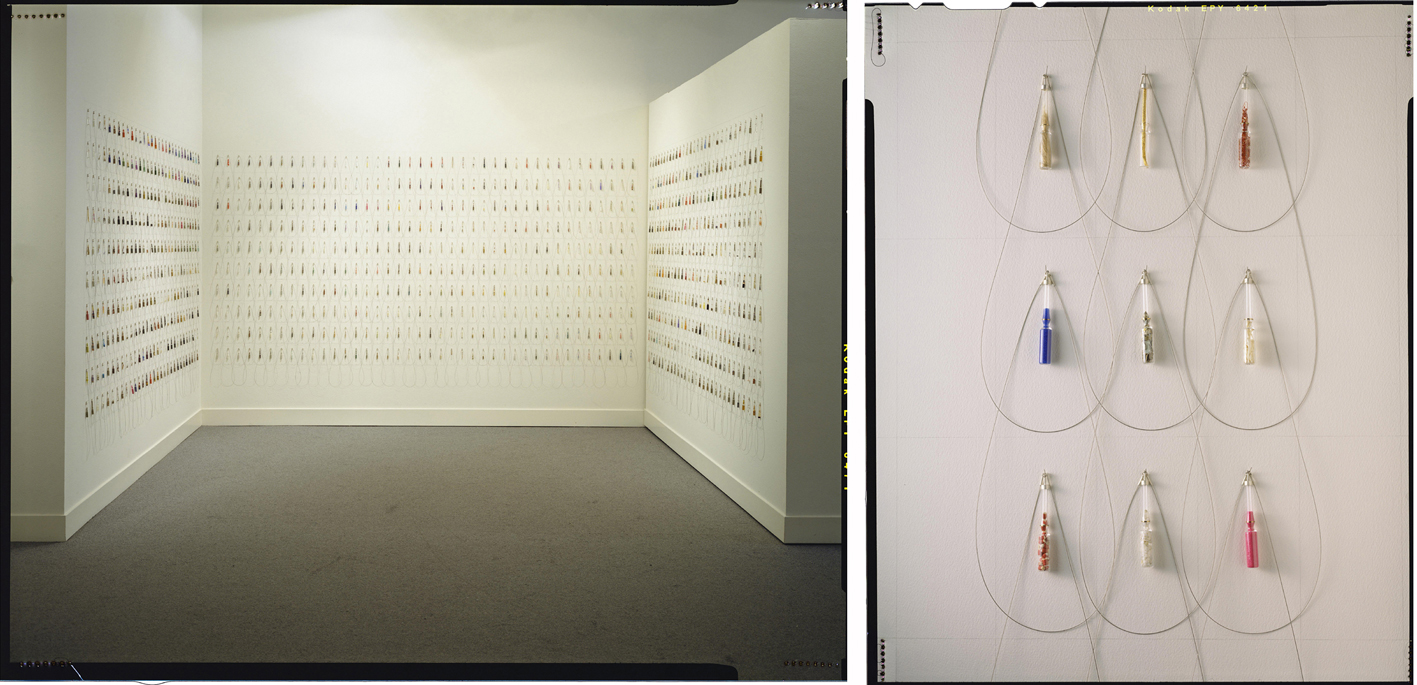
In some of your designs, you hide things inside that can slightly be seen through the perforated metal, why?
I like to create beautiful objects which take unexpected materials framed in the context of the power, seduction, and purity. My forms are often minimal in structure, yet resonate in both the organic and machined worlds.
My pieces often contain an interplay between interior and exterior. For example, in my perforated pieces, hundreds of tiny holes provide a glimpse of 22k beneath the surface. The gold is concealed by the form, and revealed by the perforations.
This tension is fascinating to me, and really lends a life to the work. Refined shapes alternately cage, contain, and reveal beautiful interiors. I make strong, simple, sculptural objects that are complex and layered, discovered over time.

Your work is also based in geometrical forms and you do not use colors, how would you define your work?
I am heavily influenced by sculpture, not so much jewelry. The work of Wolfgang Laib, Martin Puryear, Louise Bourgeois, to name a few, have left a strong impression on me. I strive to make my work have a sculptural quality.
I have made pieces that involve color. You can see the Queen Bee Brooch, a tribute to Madeleine K. Albright.
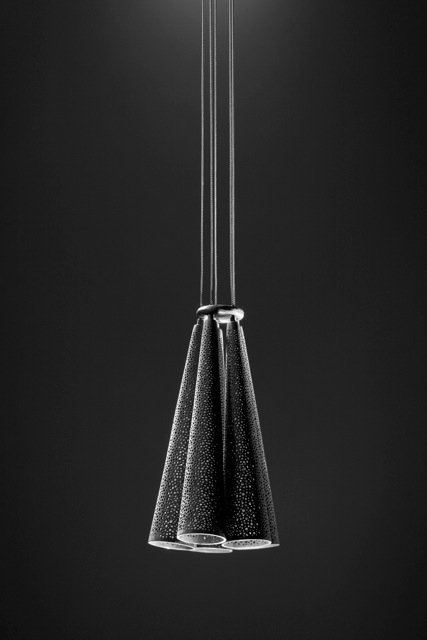
It is a work of passion to develop your own brand. Are there other brands that inspire you?
I work very intuitively. I admire and collect beautiful objects, both functional and decorative, from vintage to contemporary. It is difficult to say that there is one specific “brand” that inspires me.
For whom do you fabricate these pieces? Do you ever imagine the final client?
Not really.
Do you fabricate by commission?
Occasionally.

Which would be an ideal commission?
A commission that both financially supports me, while completely trusting in my aesthetic vision to give full artistic freedom. But isn’t that what everybody wants?
Which ones have been the best and the worst moments of your professional life?
Best: Winning two National Endowment for the Arts grants; in 1988 and 1992.
Worst: Going through periods of very tight financial times, because work may not be selling at the moment. This detracts from creating, and is generally spiritually consuming.
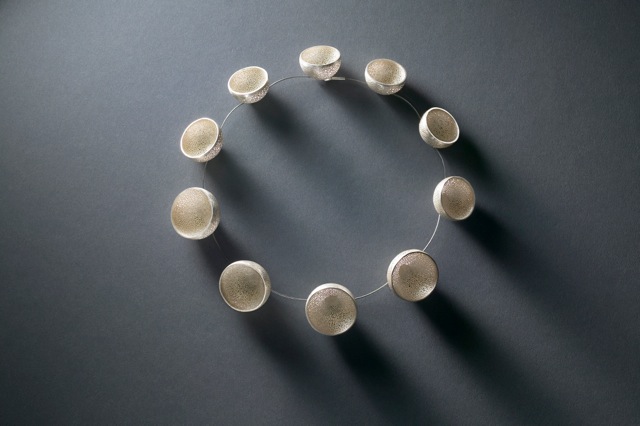
How would you like you see yourself at age of 60’s?
Keep on keeping on (as they say in America). I have been working my whole career to build a solid reputation, while at the same time taking risks to challenge myself. It can sometimes be incredibly scary and uncomfortable, but the more you do it and earn success, the more freedom it affords you to make what you really want to make.
Which is the most difficult from your work, and what you like more?
Least: Paperwork, logistics, administration, etc…
Most: Being in the studio creating.
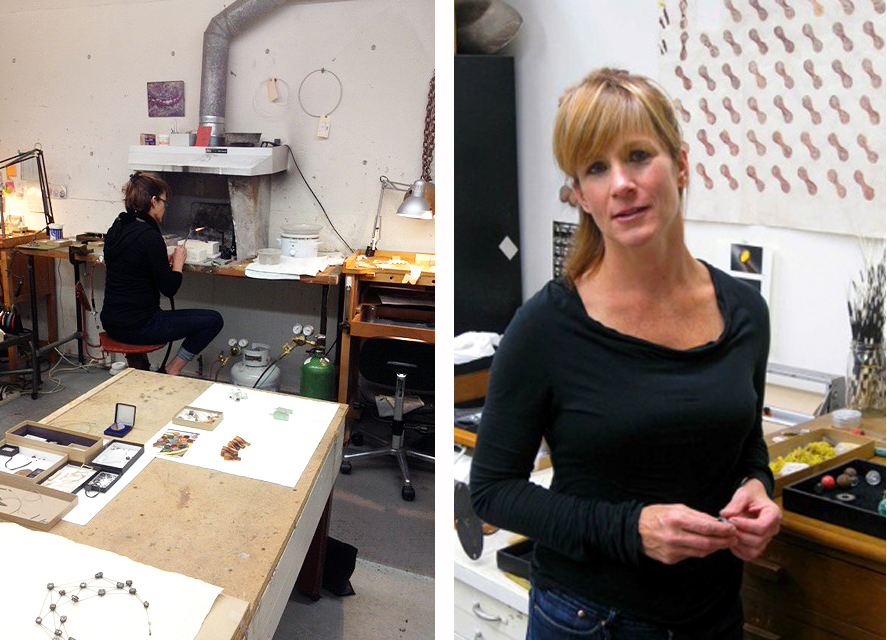
Which is the best advice that you have received? And the one you will give to?
When I was a student at RISD, my professor Louis Mueller, on many occasions would point to something in a piece and say “What is that there for?”
I think I would say the same.
